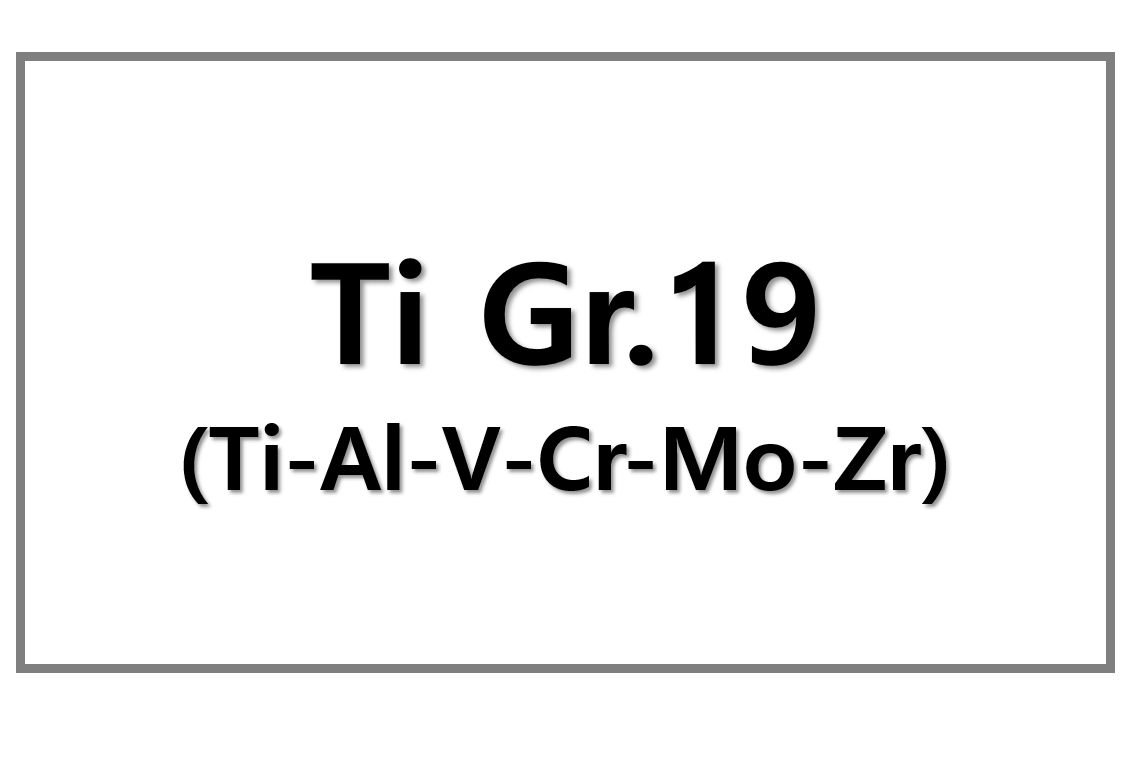
Norsk Hydro Bets Big on Low-Emission and Recycled Aluminum for Future Growth
Hydro Reduxa and Hydro Circal Lead Green Aluminum Push
Norsk Hydro ASA is ramping up production of its low-emission and recycled aluminum lines—Hydro Reduxa and Hydro Circal. The company expects over 20% growth in these segments in 2025, despite ongoing market pressures in Europe and North America. These products are central to Hydro’s decarbonization strategy, aiming to meet the rising global demand for sustainable aluminum.
Hydro Reduxa is produced using renewable energy and emits less than 4 kg of CO₂ per kg of aluminum. Hydro Circal uses a minimum of 75% post-consumer scrap, making it a market-leading recycled product. Both align with growing regulatory and customer demands for lower carbon footprints.
Recycling at the Heart of Hydro’s Low-Carbon Vision
Post-Consumer Scrap to Reach 700,000 Metric Tons in 2024
Hydro’s recycling operations are critical to its green transition. In 2024, the company plans to process 700,000 metric tons of post-consumer scrap (PCS), with a medium-term goal of 850,000 to 1.2 million metric tons per year by 2030. This strategy supports Hydro’s ambition to lead in green aluminum and reduce reliance on primary metal production.
Strategic recycling investments will increase sourcing efficiency and allow Hydro to process more complex scrap types. By strengthening its recycling capabilities, Hydro plans to enhance both sustainability and profitability.
Investment Strategy to Boost Long-Term Competitiveness
$1.35 Billion Committed Through 2025
Hydro has committed $1.35 billion in capital expenditures through 2025 and beyond. The funding will support expansion in its Recycling and Extrusions divisions, including automation, scrap processing, and global capability enhancements. These efforts aim to cut hot metal costs by $20–$30 per metric ton by 2030.
Despite current headwinds in the Extrusions segment—such as low demand and margin pressure—Hydro sees strong long-term potential. Investments in press consolidation, modernization, and digital upgrades are expected to unlock profitable growth as markets recover.
Sustainability and Decarbonisation as Core Business Drivers
Hydro’s long-term strategy focuses on sustainability, decarbonisation, and innovation. CEO Eivind Kallevik emphasizes that low-carbon production and recycling leadership will drive growth and create long-term shareholder value. As a core supplier to Europe’s green transition, Hydro is positioning itself as a key player in the low-carbon metals market.
SuperMetalPrice will continue to monitor Hydro’s evolving role in sustainable aluminum supply chains.











Leave a Reply
You must be logged in to post a comment.